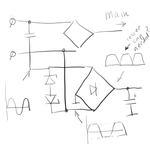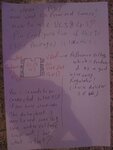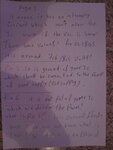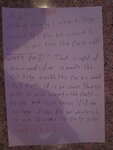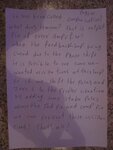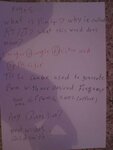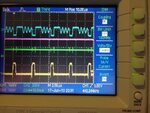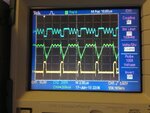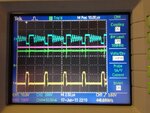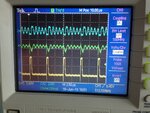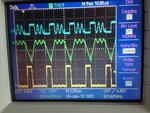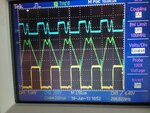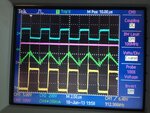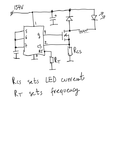stevenmahoney
Junior Member level 3
Thank you for your support! I really appreciate that!
When you said that I should use the the full AC pass, did you mean that I should do something like this?
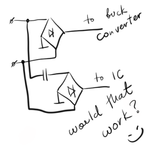
Here is I think what happens in this oscillator:

When power is applied, capacitors C1 and C2 begin to charge, rising the voltage on the base of the transistor. When it is over a certain level, transistor opens and current begins to flow via transformers winding. Winding on the left produces the spike of voltage that (if the end of the winding connected to capacitor C2), drops the voltage potential on the capacitor C2 to a negative value, thus discharging it quickly. The voltage drops on the base, closing the transistor and cycle starts all over again. Right winding is a voltage rectifier.
Am I correct?
Steven
When you said that I should use the the full AC pass, did you mean that I should do something like this?

Here is I think what happens in this oscillator:

When power is applied, capacitors C1 and C2 begin to charge, rising the voltage on the base of the transistor. When it is over a certain level, transistor opens and current begins to flow via transformers winding. Winding on the left produces the spike of voltage that (if the end of the winding connected to capacitor C2), drops the voltage potential on the capacitor C2 to a negative value, thus discharging it quickly. The voltage drops on the base, closing the transistor and cycle starts all over again. Right winding is a voltage rectifier.
Am I correct?
Steven
